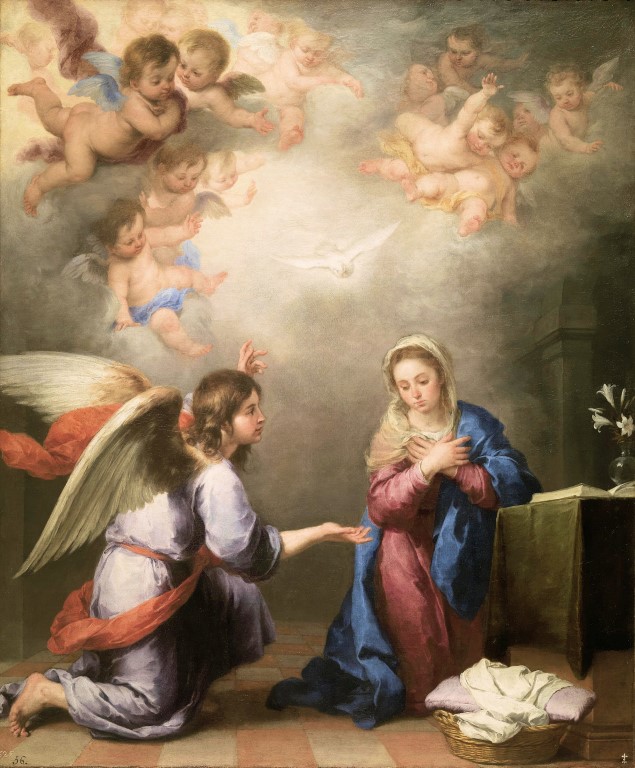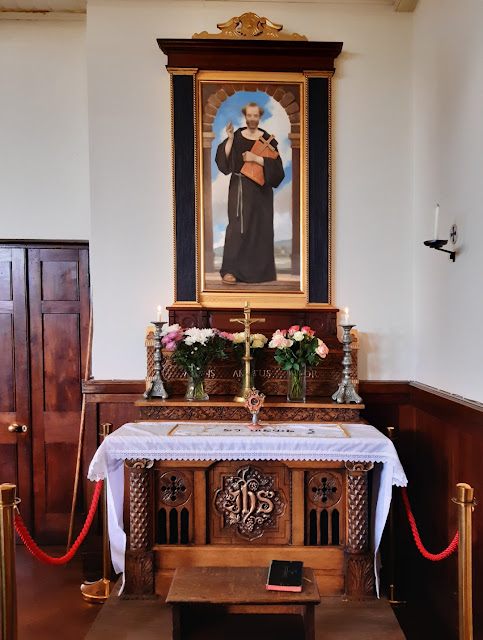Old Mass and old breviary
 Some years ago, not long after beginning to say the classical form of the Roman Rite of Mass, I realised that there was quite a lot that went along with it. A little book "Clericus Devotus" which I consider one of my greatest treasures, demonstrated in its layout of daily devotions, and particularly in the examination of conscience, what was expected from a priest in terms of the life of prayer.
Some years ago, not long after beginning to say the classical form of the Roman Rite of Mass, I realised that there was quite a lot that went along with it. A little book "Clericus Devotus" which I consider one of my greatest treasures, demonstrated in its layout of daily devotions, and particularly in the examination of conscience, what was expected from a priest in terms of the life of prayer.Soon, along with many other priests who say the older form of the Mass, I discovered the older form of the Divine Office. This is the focus of quite some controversy since Pope St Pius X made some radical revisions to the breviary and substantial "cuts" were made in the 1950s so that, amusingly, one of the titles widely sold by publishers of traditional liturgical books is Fr Hausmann's "Learning the New Breviary" which is actually an instruction manual for the 1961 breviary.
The revived interest in the older breviary has been reflected in some new publishing ventures. Nova et Vetera recently published a very fine edition of the 1961 breviary (see: New old breviaries) and Southwell Books hope that their English-Latin edition will soon be ready for press. St Michael's Abbey press publish the Monastic Diurnal which is a favourite of many lay people who are not bound to the office but choose to pray the day hours of the traditional psalter.
I now have quite a collection of different breviaries. My collection includes the four volume "Liturgia Horarum" (the post Vatican II breviary) which I said for many years, and a full set of the English translation (in pristine condition); the current volume of this is kept in the confessional for the convenience of visiting priests. Various partial volumes ("Midday Prayer", "Daily Prayer", "Shorter Morning and Evening Prayer" etc.) are helpful when I say the office with others at priests' meetings and the like.
My first 1961 breviary was the two volume doorstop edition with plastic covers. I purchased the 1961 diurnal for convenience to use with this. Then I acquired very reasonably a 1946 Burns and Oates four volume breviary which has the advantage of including the full second nocturn readings (these were mostly chopped to a single reading in the 1961 breviary). Finally a friend gave me a four volume set from 1925 with board slip cases. This set is quite compact and robust and is the one I usually use when travelling.
What I don't have is a pre-1911 breviary. 1911 was the date of the Apostolic Constitution "Divino afflatu" (English translation) by which Pope St Pius X completely restructured the psalter. The breviary looked very different before that time and I would like to be more familiar with it. As with the Mass, the Council of Trent did not compose a new breviary but simply attempted to codify the traditional liturgy. The Mass survived the first half of the twentieth century substantially intact - but the breviary did not.
Nevertheless, the pattern of the hours is still the ancient one, and the principle of having the office match the Mass of the day (especially the gospel) remains. The usus antiquior Mass does rather beckon the priest to the older breviary - and indeed the older pattern of priestly personal prayer in general.
It should go without saying that none of this is intended to imply that priests who use the older form of the breviary are more devout or holy than those who use the post Vatican II breviary. There are saints and sinners saying (or failing to say) both forms of the Divine Office.


